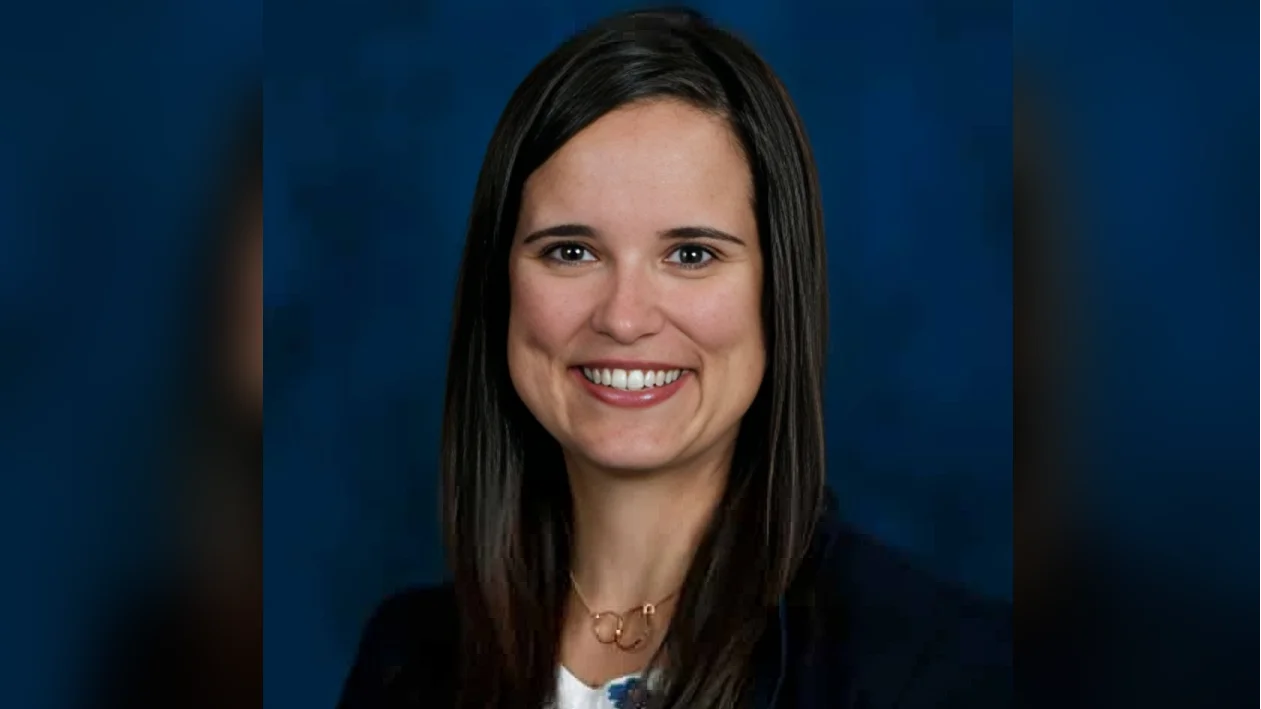DRI's Christine Albano has co-authored a study exploring how climate change is increasing the frequency of extreme weather events. The study introduces the concept of an "expanding atmospheric sponge" to explain how higher greenhouse gas levels make the atmosphere more susceptible to both heavy rainfall and severe droughts. This phenomenon, referred to as "hydroclimate whiplash," is exemplified by California's recent weather patterns. Winters have seen intense storms that promote plant growth, which dry summers then parch, creating conditions ripe for wildfires. "My hope is that this work brings greater recognition to the fact that wet and dry extremes are linked together and that a warming climate is likely to intensify both ends of the spectrum. The key takeaway is that we can’t plan for these in isolation," said Albano.
Albano contributed her knowledge on climate variability impacts on ecosystems and society, drawing from her research on atmospheric rivers and atmospheric thirst. She leads ArkStorm@SierraFront, a project assessing future extreme storm impacts in Lake Tahoe, working with DRI’s Maureen McCarthy alongside emergency managers and stakeholders to integrate simulations into planning.
The original press release from UCLA by Alison Hewitt highlights key findings about hydroclimate whiplash. Following severe droughts, California experienced record-breaking precipitation in winter 2022-23 due to atmospheric rivers, leading to floods and landslides. Another wet winter led to abundant vegetation followed by a hot summer in 2024, setting the stage for destructive wildfires amid a dry start to 2025.
Lead author Daniel Swain notes, “The evidence shows that hydroclimate whiplash has already increased due to global warming, and further warming will bring about even larger increases.” He adds that such sequences increase fire risk by promoting flammable growth before drying it out.
Global data indicates hydroclimate whiplash has grown 31% to 66% since mid-20th century, faster than models predicted. If temperatures rise by 3 degrees Celsius above pre-industrial levels, the phenomenon could more than double. The researchers blame anthropogenic climate change and an expanding atmospheric sponge effect—where every degree Celsius increase allows the atmosphere to hold 7% more water.
Swain explains: “The problem is that the sponge grows exponentially, like compound interest in a bank,” noting this exacerbates transitions between wet and dry conditions globally.
This rapid shift affects water management strategies. “We can’t look at just extreme rainfall or extreme droughts alone,” Swain emphasizes. Traditional floodwater management methods may leave areas vulnerable under changing climates.
Co-author John Abatzoglou comments on California's challenges: “Hydroclimate in California is reliably unreliable,” pointing out recent swings tested infrastructure systems.
Hydroclimate whiplash is expected to grow across various regions worldwide but will affect most areas eventually. Swain concludes: “Increasing hydroclimate whiplash may turn out to be one of the more universal global changes on a warming Earth.”
In Southern California currently facing fires due to prolonged dryness rather than wind changes alone: “Climate change is increasing the overlap between extremely dry vegetation conditions later in the season and...wind events,” says Swain.
California may see more intense wettest/driest periods if high warming continues: “The less warming there is...the less increase in hydroclimate whiplash we’re going see,” he states while emphasizing current trajectories toward significant temperature rises necessitate accounting for risks now.
Funding support came from The Nature Conservancy of California and Swiss National Science Foundation.


